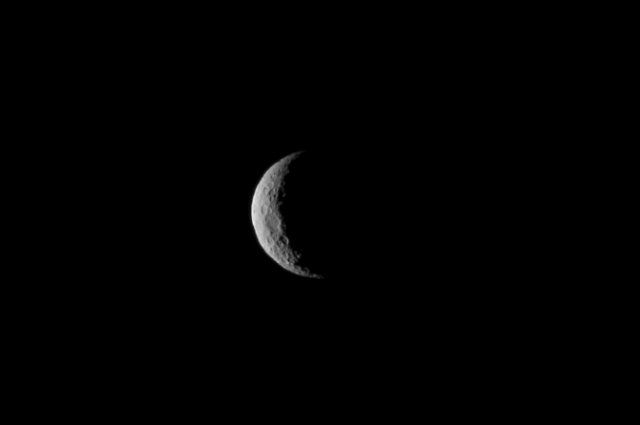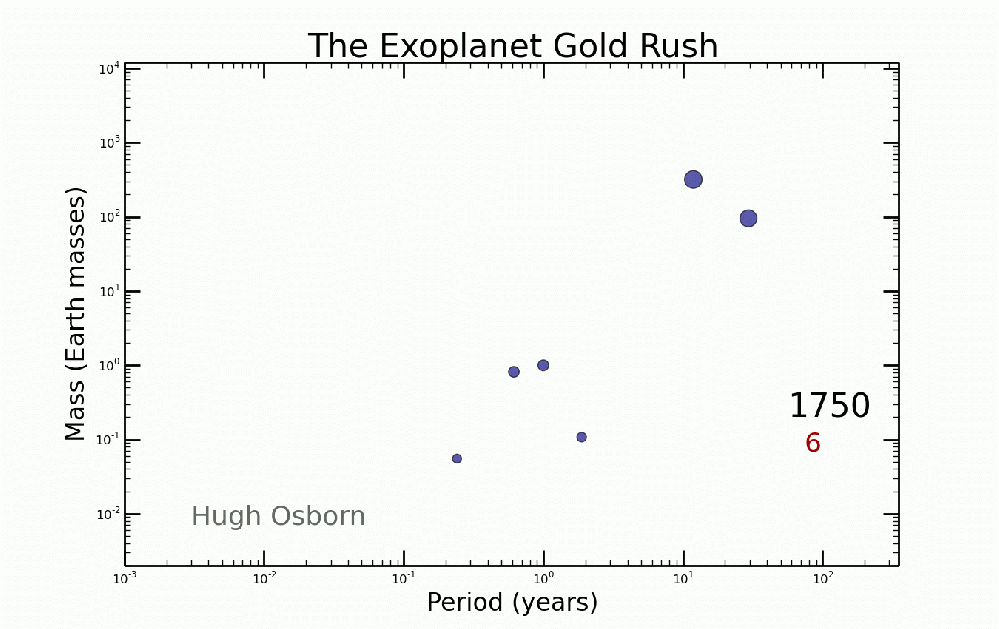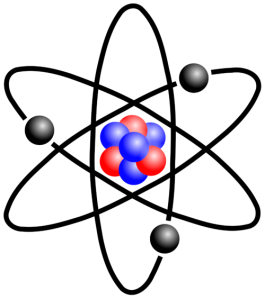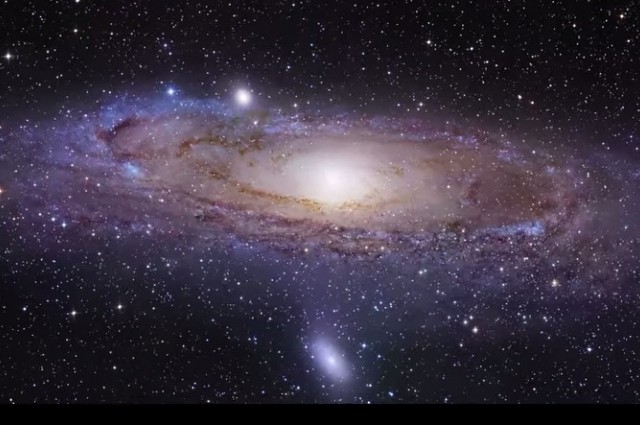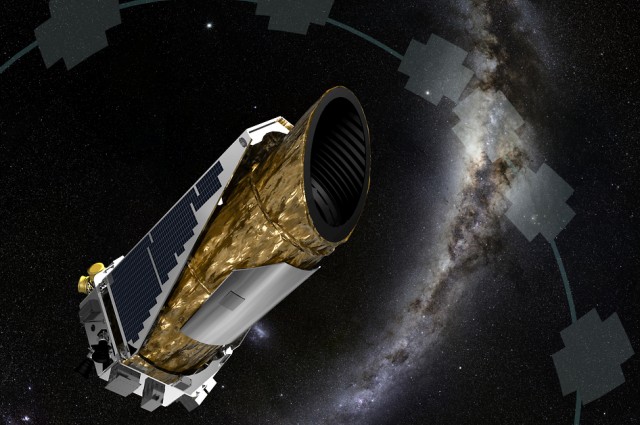Europa Report
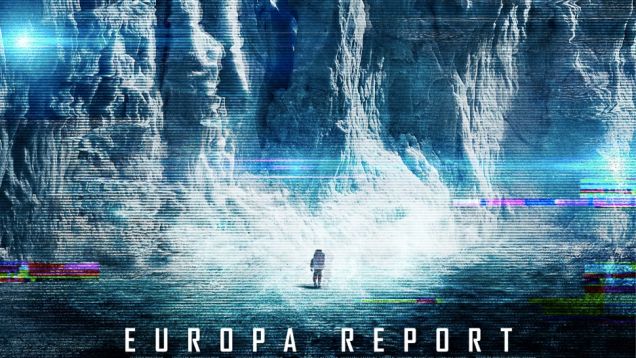
Image pulled from a movie review
This past weekend, I watched a movie on Netflix called Europa Report. The movie was a detailed the gripping journey of six people on their trip Europa with the sole mission of confirming or denying the existence of life on Jupiter’s moon Europa. Not only was this a great, well done film, but it also touched on a lot of the points we talked about in class and read about in chapter 24 of our book. Europa was specifically chosen because of the liquid oceans underneath its icy exterior, they search for microbes in the water being pushed up through cracks, they sent probes don through the ice, the list goes on. I will admit, there may have been a few inaccuracies an inconsistencies throughout the picture, but overall it was far more accurate than your typical Hollywood sci-fi movie.


